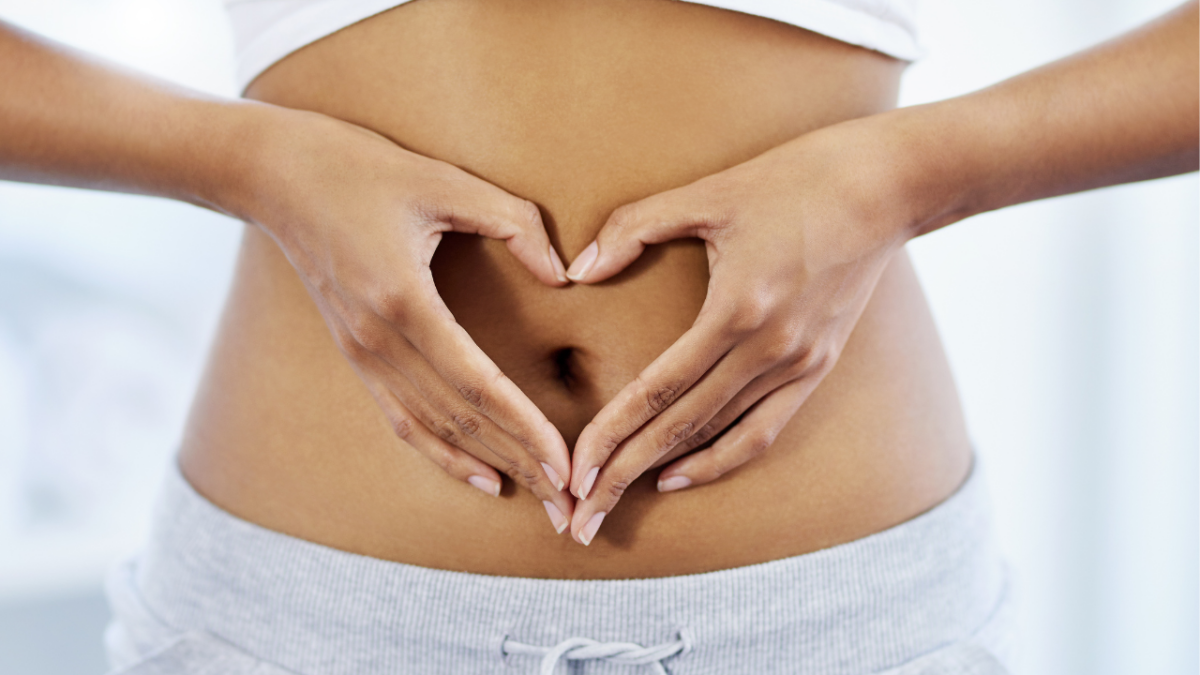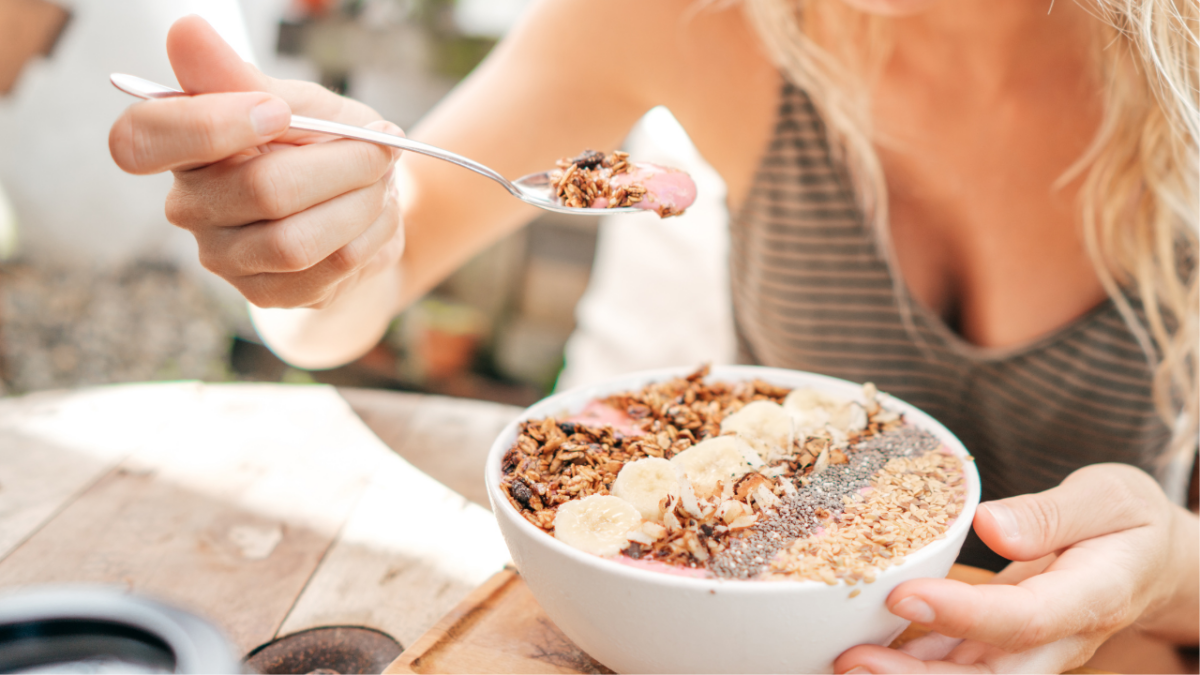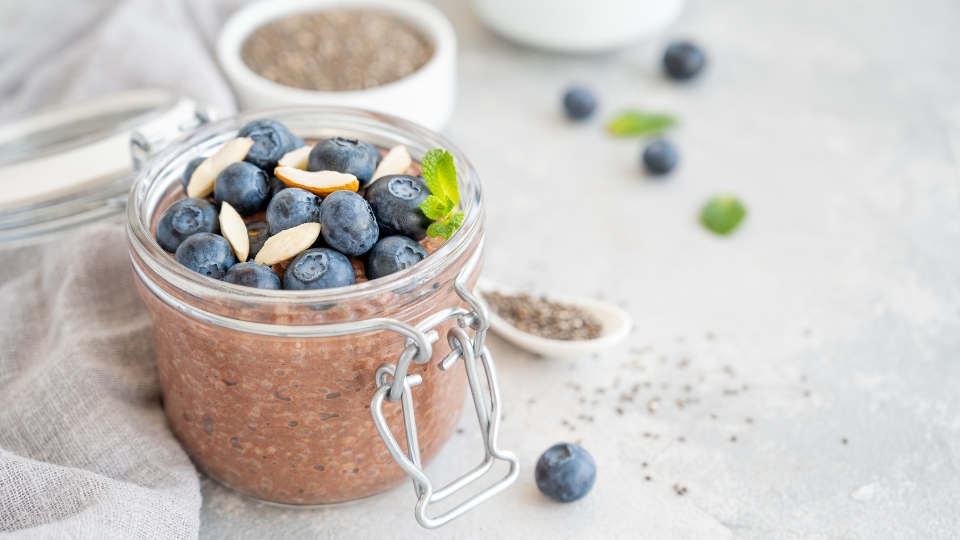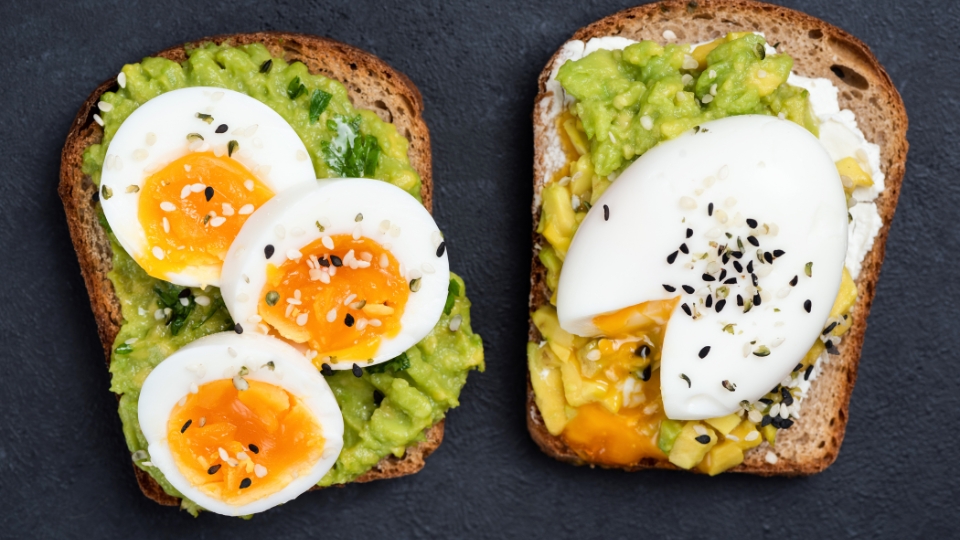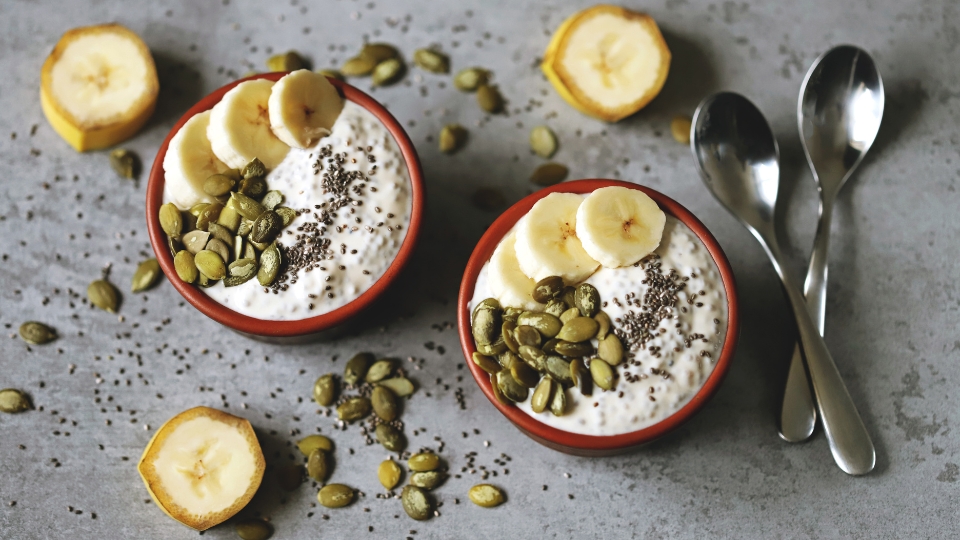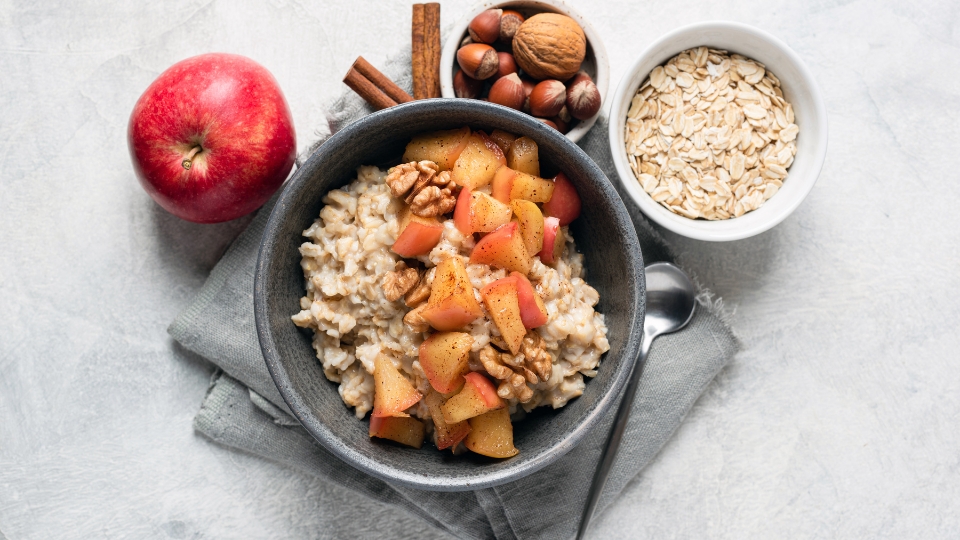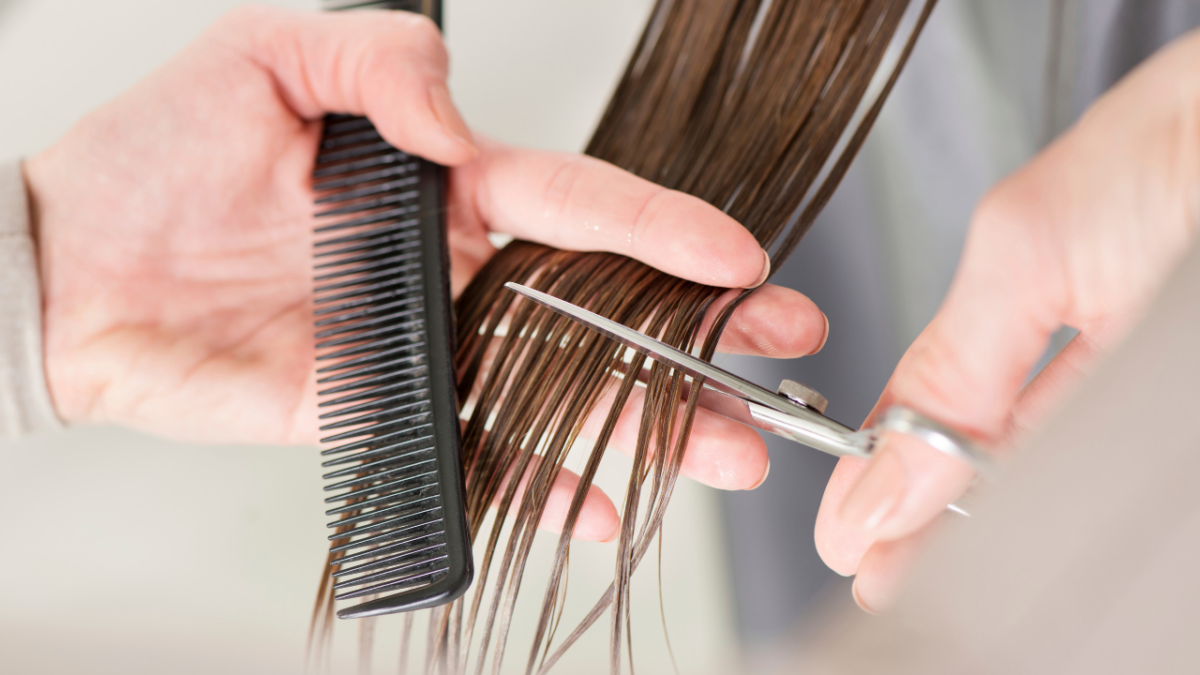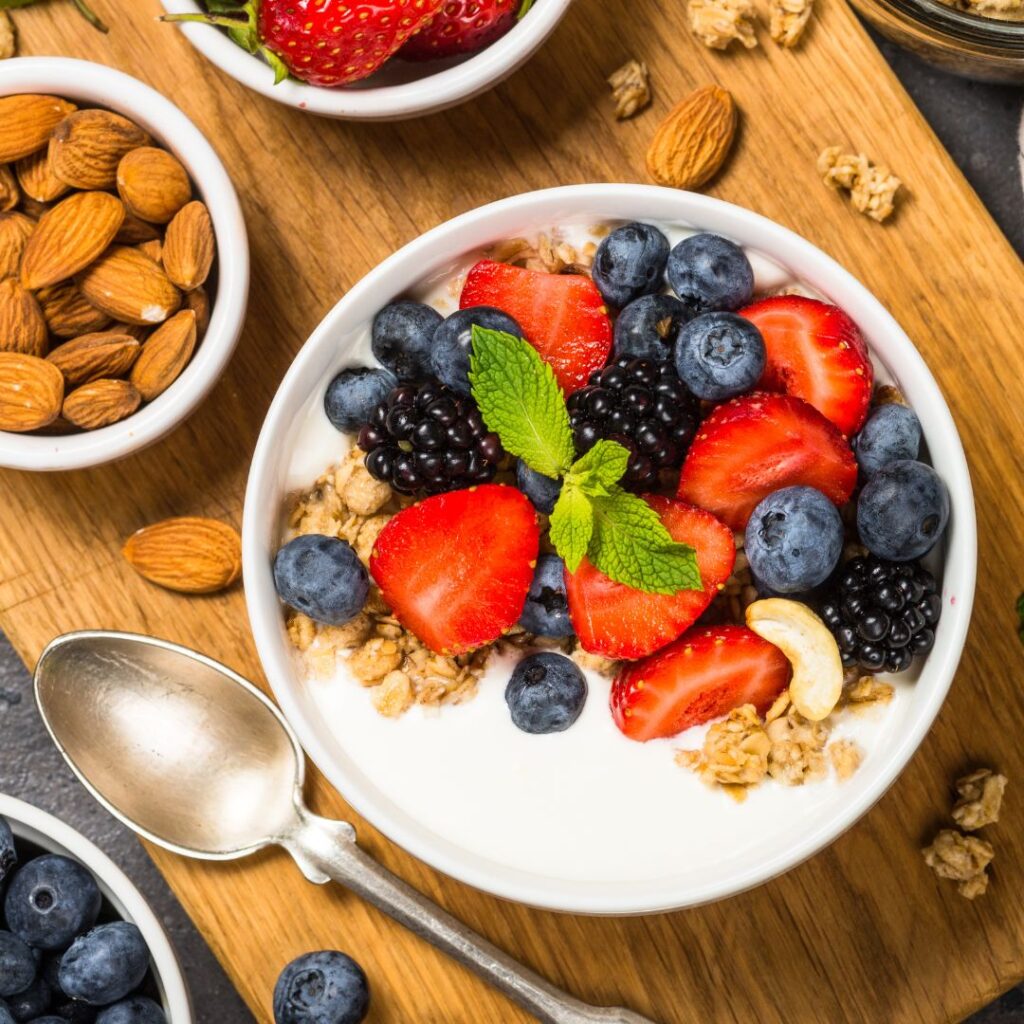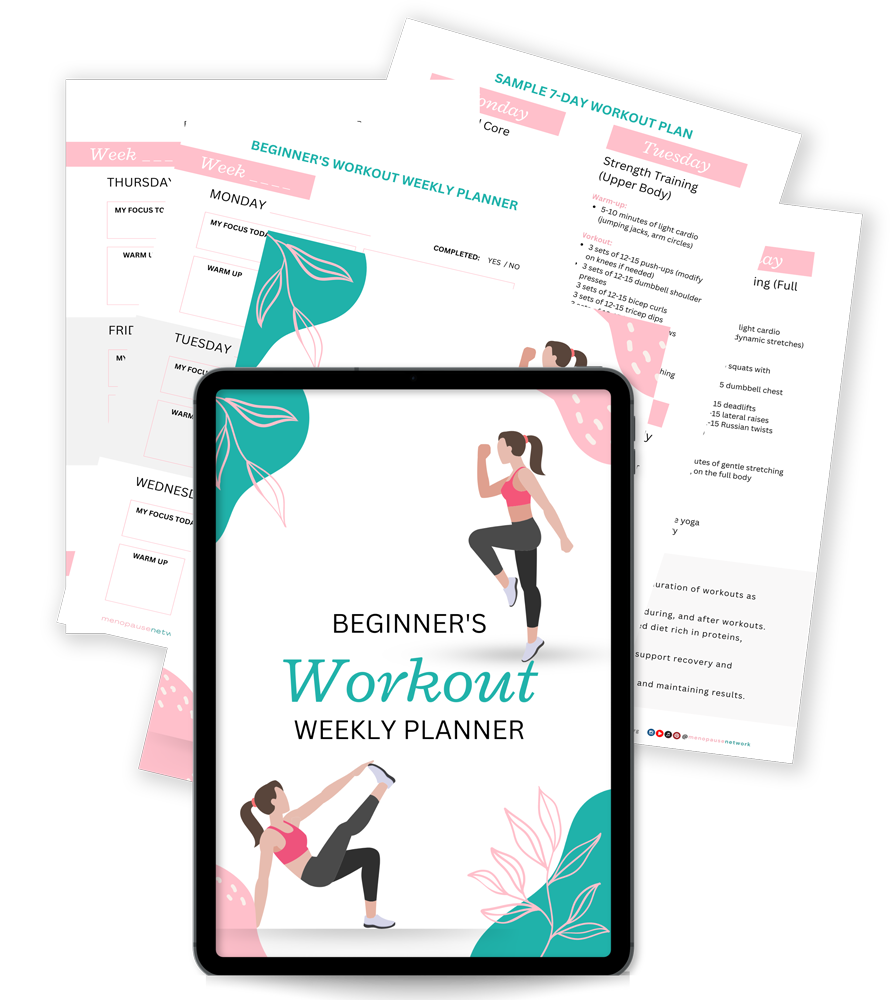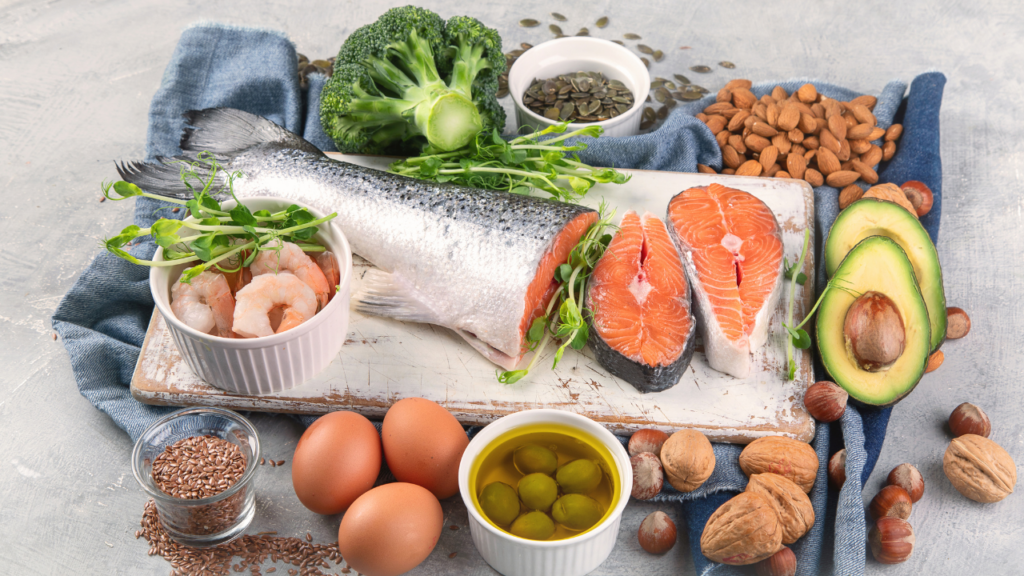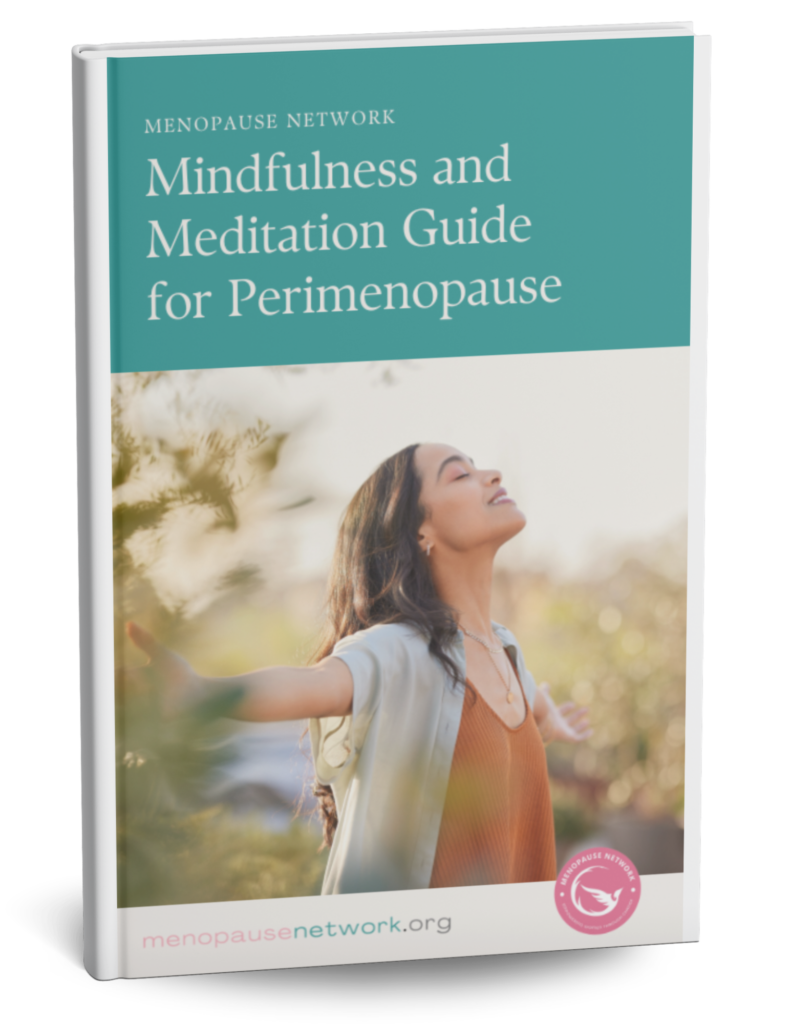7 Ways to Keep Your Skin Glowing During Menopause
As women approach menopause, there are a number of physiological changes that can be difficult to manage, one of the most noticeable being changes to the skin. Many women may find themselves battling dryness, thinning, wrinkles, and even acne during this phase of life. But with the right care, it’s entirely possible to keep your skin glowing and healthy. Let’s explore the changes to expect and how to maintain that radiant, youthful look during and after menopause.
What Happens to the Skin During Menopause?
The skin undergoes significant changes during menopause due to fluctuating hormone levels, particularly a decrease in estrogen. Estrogen plays a crucial role in collagen production, skin hydration, and elasticity. As estrogen levels drop, the skin begins to show signs of aging more prominently, including:
- Dryness: The skin’s ability to retain moisture diminishes, leading to dry, rough patches.
- Wrinkles and Fine Lines: The reduction in collagen causes the skin to lose its firmness and elasticity, resulting in the appearance of wrinkles and fine lines.
- Thinning Skin: The skin becomes thinner and more prone to bruising due to a decrease in collagen and fat in the skin layers.
- Sensitivity: Menopausal skin can become more sensitive and reactive, making it susceptible to irritation, inflammation, or breakouts.
- Age Spots: Hormonal changes can increase pigmentation, leading to the development of age spots or dark patches on the skin.
How to Keep Your Skin Glowing During Menopause
Though these changes can feel discouraging, adopting the right skincare and lifestyle habits can help you maintain healthy, radiant skin throughout menopause.
1. Hydrate Inside and Out
The loss of moisture in menopausal skin makes hydration a top priority. To combat dryness:
- Drink plenty of water: Aim for at least 8 glasses of water a day to keep your body hydrated.
- Use a hydrating cleanser: Avoid harsh soaps that strip the skin of natural oils. Instead, opt for a gentle, moisturizing cleanser that helps lock in hydration.
- Moisturize daily: Look for moisturizers with hyaluronic acid, glycerin, or ceramides. These ingredients help attract and retain moisture in the skin.
- Consider facial oils: Adding a few drops of a nourishing facial oil, such as rosehip or jojoba oil, can give your skin an extra hydration boost.
2. Protect Your Skin from the Sun
Sun exposure is one of the leading causes of premature aging. During menopause, when the skin becomes thinner and more sensitive, protection from UV rays is even more important.
- Use sunscreen daily: Choose a broad-spectrum sunscreen with at least SPF 30. Apply it even on cloudy days and remember to reapply if you’re outdoors for long periods.
- Wear protective clothing: A wide-brimmed hat, sunglasses, and long sleeves can offer additional protection from the sun.
3. Incorporate Collagen-Boosting Ingredients
As collagen production decreases, incorporating collagen-boosting products into your skincare routine can help improve skin firmness and reduce the appearance of wrinkles.
- Retinoids: Vitamin A derivatives, such as retinol or prescription-strength retinoids, are proven to stimulate collagen production and smooth fine lines. However, they can be drying, so start with a lower concentration and use it only a few times a week.
- Peptides: These are short chains of amino acids that signal the skin to produce more collagen. Peptides are often found in serums and moisturizers that help firm the skin.
- Vitamin C: A powerful antioxidant, vitamin C helps protect the skin from environmental damage while also stimulating collagen production and brightening the complexion.
4. Eat a Skin-Healthy Diet
The foods you eat can have a direct impact on the health of your skin. A well-balanced diet rich in vitamins, minerals, and healthy fats can keep your skin looking vibrant.
- Omega-3 fatty acids: Found in fish like salmon and flaxseeds, omega-3s help keep the skin supple and hydrated.
- Antioxidants: Foods rich in antioxidants, such as berries, leafy greens, and nuts, help protect the skin from damage caused by free radicals.
- Vitamin E and Zinc: These nutrients play key roles in skin repair and protection. You can find them in foods like avocados, almonds, and seeds.
5. Get Your Beauty Sleep
During menopause, sleep disturbances can become more frequent due to hot flashes and night sweats. However, getting enough sleep is essential for skin regeneration.
- Establish a bedtime routine: Create a calming routine before bed to promote better sleep, such as taking a warm bath, meditating, or reading.
- Invest in good bedding: Cooling bed sheets and moisture-wicking pajamas can help you sleep more comfortably during hot flashes.
- Use silk pillowcases: Silk pillowcases reduce friction on the skin, helping to prevent wrinkles and irritation during sleep.
6. Manage Stress
Menopause can be a stressful time, and stress can take a toll on your skin, leading to breakouts, dullness, and inflammation. Managing stress can help improve your skin’s appearance.
- Practice mindfulness: Techniques like yoga, meditation, or deep breathing can help manage stress and keep your skin glowing.
- Exercise regularly: Physical activity improves circulation, delivering more oxygen and nutrients to the skin, giving it a healthy glow.
7. Visit a Dermatologist
If menopausal skin changes are becoming too challenging to manage on your own, a dermatologist can help. They can recommend treatments like:
- Laser therapy: This can reduce age spots, improve skin texture, and stimulate collagen production.
- Chemical peels: These can help exfoliate the skin, reduce hyperpigmentation, and boost radiance.
- Microneedling: This procedure can improve skin texture and promote collagen production.
Embrace Your Skin’s New Chapter
While menopause marks a significant change in a woman’s body, it doesn’t mean the end of radiant, glowing skin. With the right skincare routine, lifestyle adjustments, and professional guidance, you can continue to look and feel your best. Embrace this new phase of life with confidence, and let your inner glow shine through!
If you’ve experienced skin changes during menopause, what has worked best for you? Share your tips and tricks in the comments below, or ask any questions you may have!








